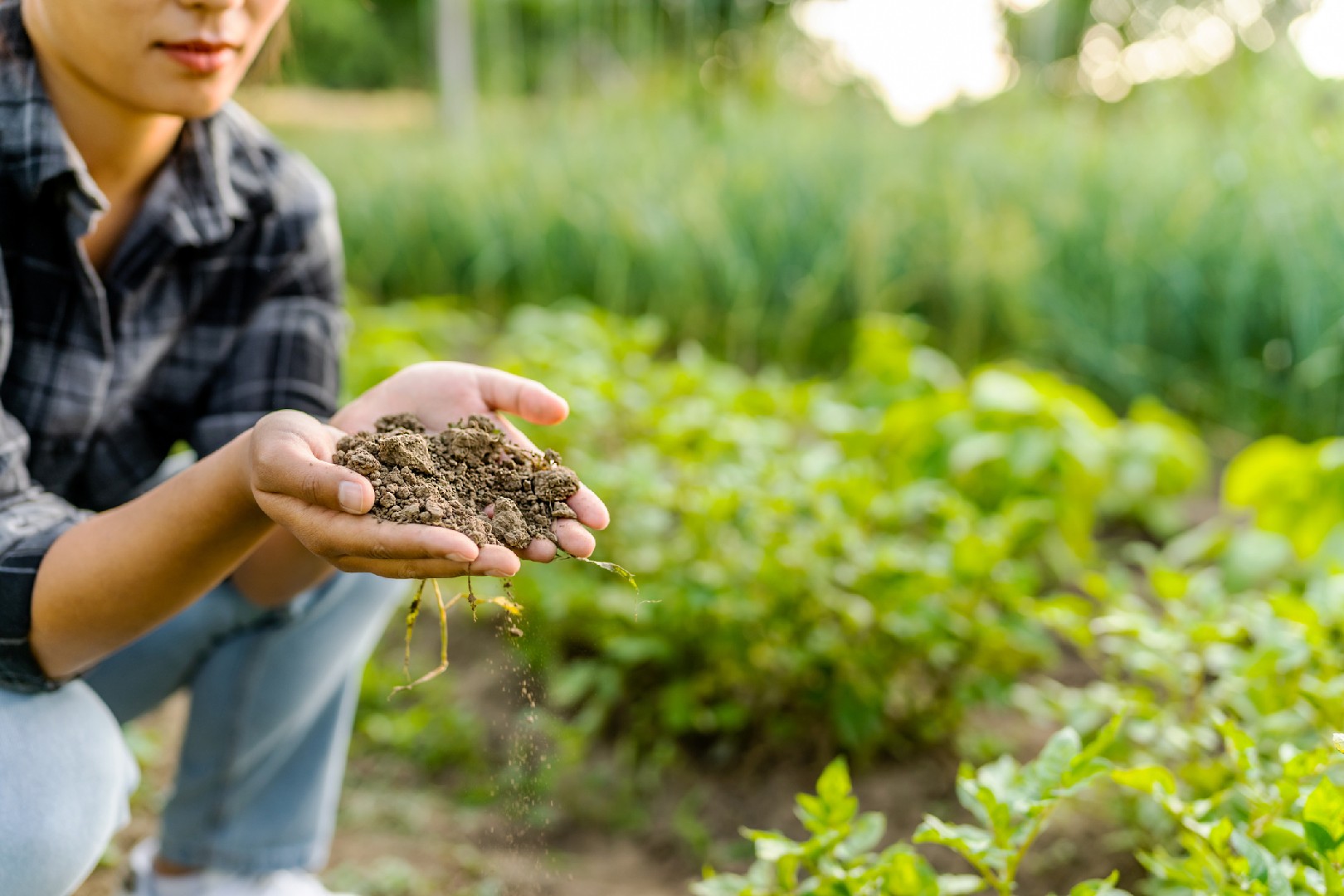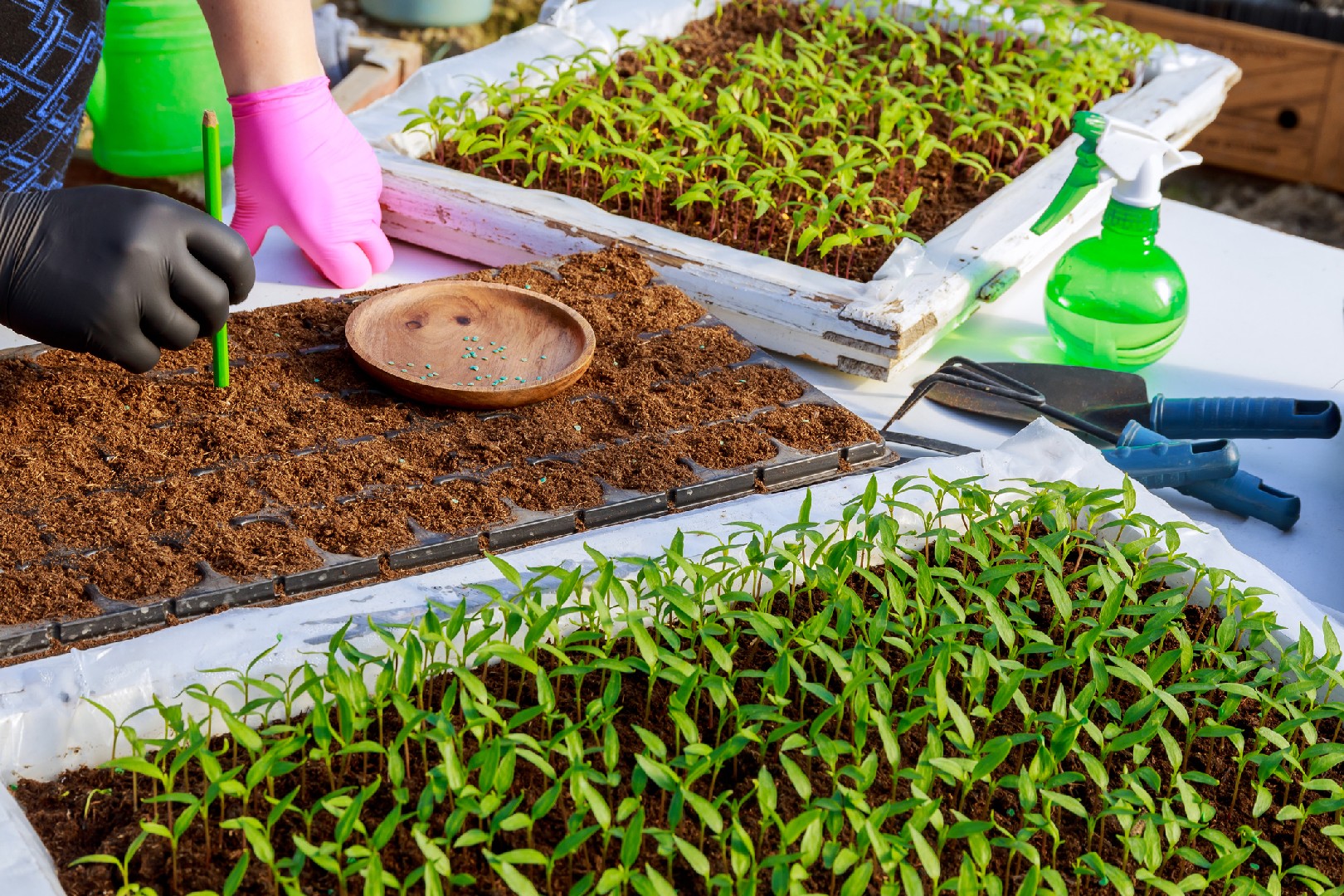![Rectangle]()
Understanding the Types of Fertilizers
When it comes to garden nutrition, understanding the types of fertilizers available is crucial for ensuring the health and vitality of your plants. In this section, we will explore the various types of fertilizers, including organic, inorganic, slow-release, and liquid fertilizers, and discuss their properties, suitability, and effects on plant growth.
Let's start with organic fertilizers. These are derived from natural sources such as compost, manure, and plant residues. Organic fertilizers contain a range of essential nutrients and organic matter that improve soil structure, enhance nutrient availability, and promote overall soil health. They are slow-release fertilizers, meaning the nutrients are slowly released into the soil over time, providing a steady supply of nutrition to plants. Organic fertilizers are a popular choice among gardeners who prioritize sustainability and want to avoid the use of synthetic chemicals.
On the other hand, inorganic fertilizers, also known as synthetic or chemical fertilizers, are manufactured through industrial processes. They are highly concentrated and provide plants with immediate access to essential nutrients. Inorganic fertilizers are fast-acting, making them ideal for correcting nutrient deficiencies or providing a quick boost to plant growth. However, they can also lead to nutrient imbalances and soil degradation if used excessively or incorrectly.
Another type of fertilizer is slow-release fertilizers. As the name suggests, these fertilizers release nutrients gradually over an extended period. They are typically coated or formulated in a way that allows for controlled nutrient release. Slow-release fertilizers are convenient for gardeners who prefer a single application that lasts several weeks or months. These fertilizers promote consistent plant growth and reduce the risk of over-fertilization.
Liquid fertilizers are another popular option for gardeners due to their ease of use and quick absorption by plants. They come in liquid form and can be applied directly to the soil or foliage. Liquid fertilizers are readily available to plants, providing a rapid nutrient boost. They are particularly useful for potted plants or plants that require frequent feeding. However, it's important to follow the recommended dilution rates to avoid over-fertilization.
When comparing organic and synthetic fertilizers, both have their advantages and disadvantages. Organic fertilizers improve soil structure and long-term soil fertility, while synthetic fertilizers provide immediate nutrient availability. Organic fertilizers are more environmentally friendly, but may require larger quantities to meet plant nutrient requirements. Synthetic fertilizers, on the other hand, are highly concentrated and require smaller applications, but can potentially harm beneficial soil organisms.
In conclusion, understanding the different types of fertilizers is essential for successful gardening. Organic, inorganic, slow-release, and liquid fertilizers each have their unique properties and effects on plant growth. Consider your gardening goals and preferences when choosing a fertilizer, and remember to always follow the recommended application rates to achieve optimal results. Happy gardening!





